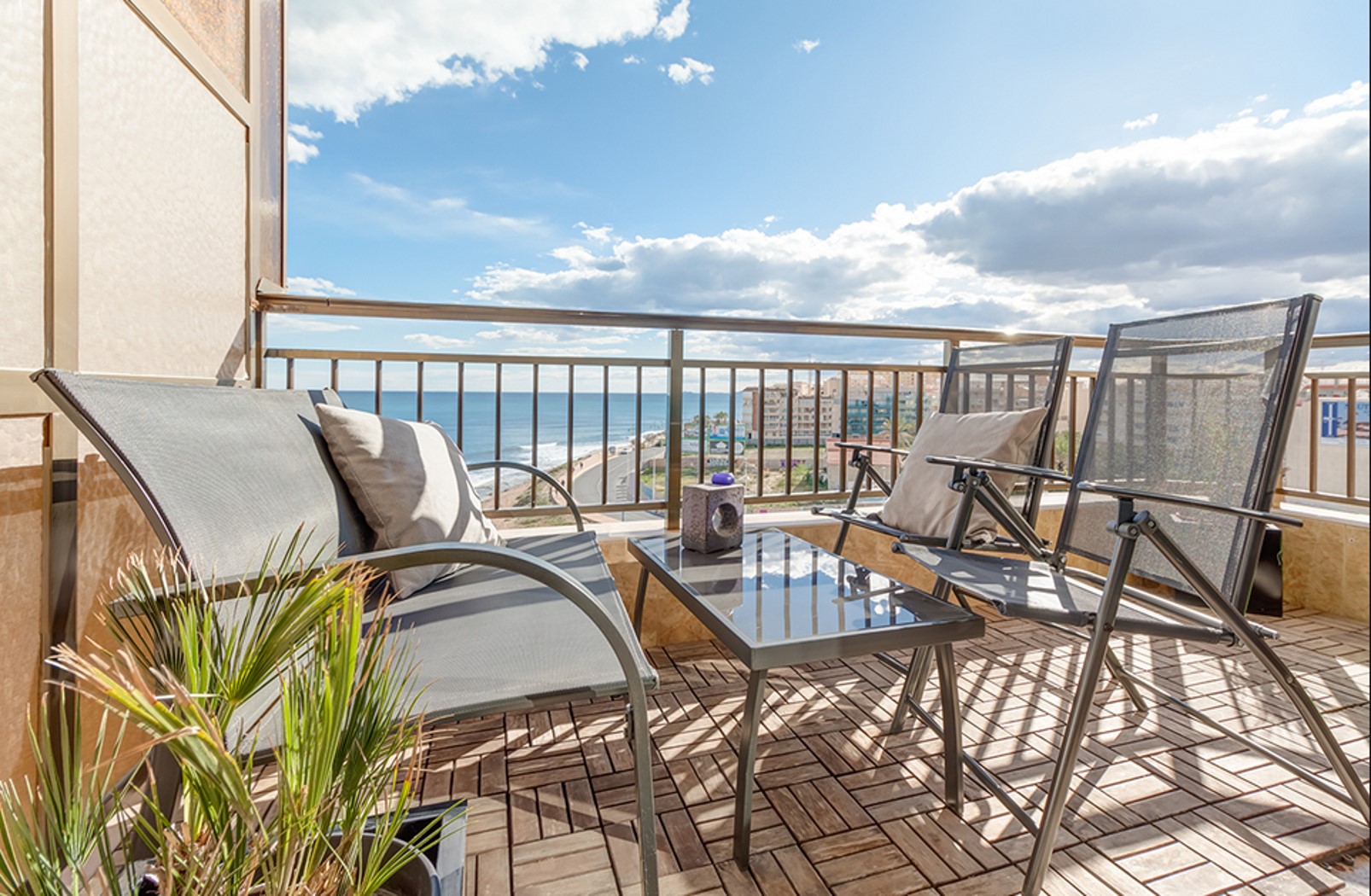A patio pandora’s box of issues
Question:
The selling agent approved two patios in our new building when they were the only committee member. The patios are now causing a nuisance to other lots. Was the decision legal, and who is responsible for any rectification?
In our one-year-old building, two apartments had patios added to their outdoor living areas. When I asked about the approval of the patios, the plans, etc., I was informed the selling agent had given approval. The decision was made without consent from other owners, as the agent was the only committee member at that time. Can the agent do this?
The roof of one of the patios is causing light to reflect into the apartment above. Is this now our committee’s issue to solve?
Answer:
Get legal advice from a strata lawyer as soon as practicable and well within the 3 months allowed to challenge body corporate decisions.
This question is a Patio Pandora’s Box! There is a raft of potential issues here. At the outset, I strongly recommend you get legal advice from a strata lawyer as soon as practicable and within the 3 months allowed to challenge body corporate decisions.
If we assume that the sort of patio we are talking about is a roofed structure, and the owner of the adjacent lot/s already has the right to use the land on which the patios have been put, the range of ‘approvals’ required could be, at the least, a committee approval under a by-law about ‘external appearance‘ changes to the lot/s, and at the worst, the requirement of a resolution without dissent to be passed at a general meeting to approve encroachment of part of the roof structure into the adjoining common property airspace.
A BCCM form 12, requesting copies of body corporate records, or even better, an inspection of the body corporate records for you by an experienced search agent, should elicit the relevant documents (or as sometimes happens, show that the relevant documents don’t exist!). Once you have the documents, you will be well armed to talk to your strata lawyer including about:
-
- whether the patios are in the lot/s, the common property, exclusive use or a mixture of these
- what approvals would be required under the Act, the Regulation Module or the by-laws for what has been built
- what ‘approvals’ have been given, as reflected in the body corporate records,
- if there is a shortfall in the approvals, whether that is actionable, and if so, how and
- the process, costs and risks of taking action.
Over and above that, you could also discuss both the likely ongoing nuisance issue and the potential for a breach of the development approval for the scheme, which often comes from either (fully or partly) enclosing a balcony outdoor space or adding to the total area of land ‘under roof’. You can do this all yourself at your cost, or you can seek to enlist the assistance of your committee.
There are (very) good reasons the committee should dig into the issue, including (for example):
-
- to answer questions about who is liable to maintain the new structures
- whether the body corporate is now in breach of the development approval for the scheme and
- if there are unapproved or deficiently approved structures, will notice have to be given to the body corporate’s insurer?
From personal experience, I might add that structures like these installed after establishment of the community titles scheme are almost always constructed in a way that breaches waterproofing measures, such as membranes. Early identification of such a breach and addressing it before the damage is done downstairs, is something any sensible committee should do.
This article by Queensland Partner Michael Kleinschmidt first appeared in the September edition of The QLD Strata Magazine from LookUpStrata Pty Ltd.
© Bugden Allen Group Legal Pty Ltd. This is general information only and not legal advice. You should not rely on this information without seeking legal advice tailored to your specific circumstances.




